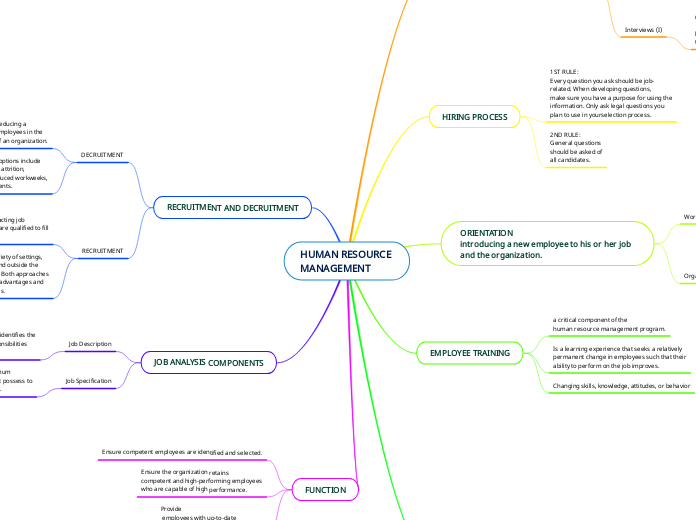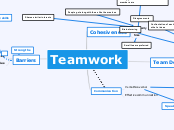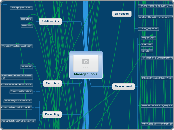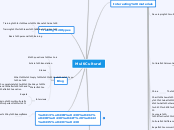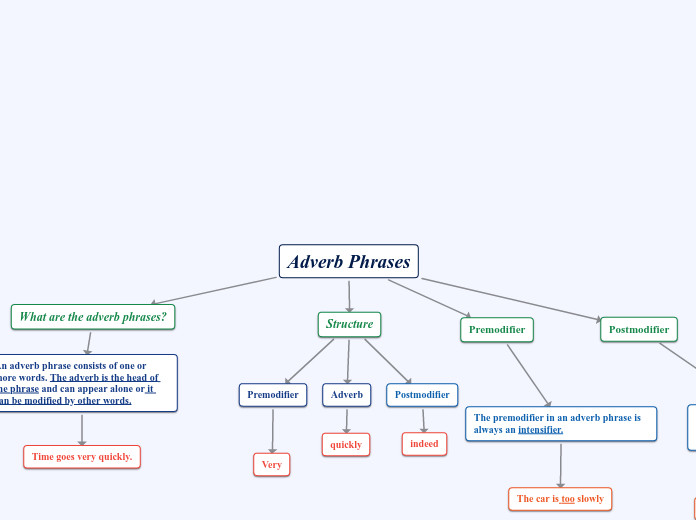av NUR SYAFIQAH BINTI AZWARUL NIZAM 3 år siden
176
HUMAN RESOURCE MANAGEMENT
Effective human resource management is essential for identifying, selecting, and retaining competent employees. It ensures that employees have the necessary skills and knowledge to perform their jobs successfully.
